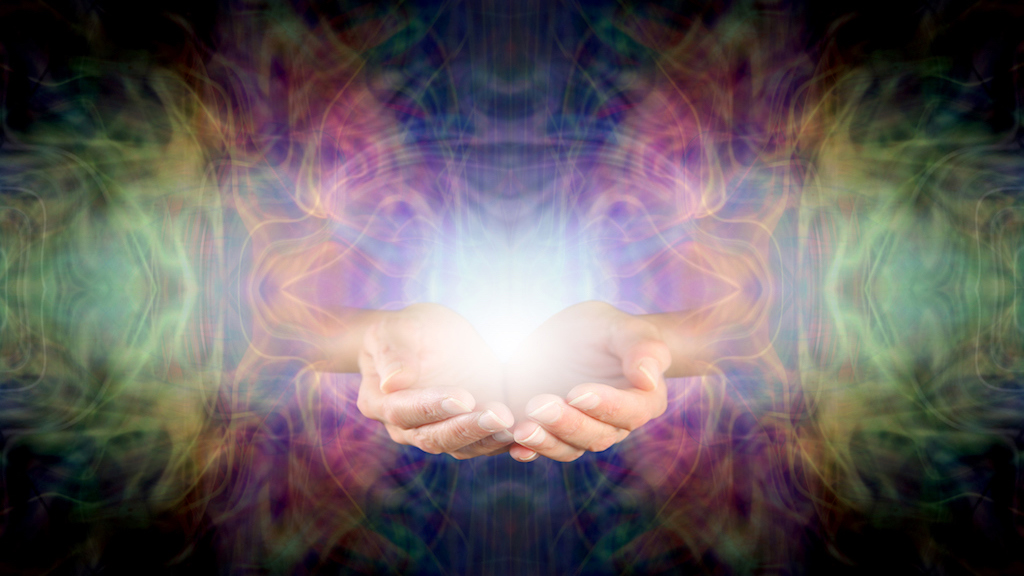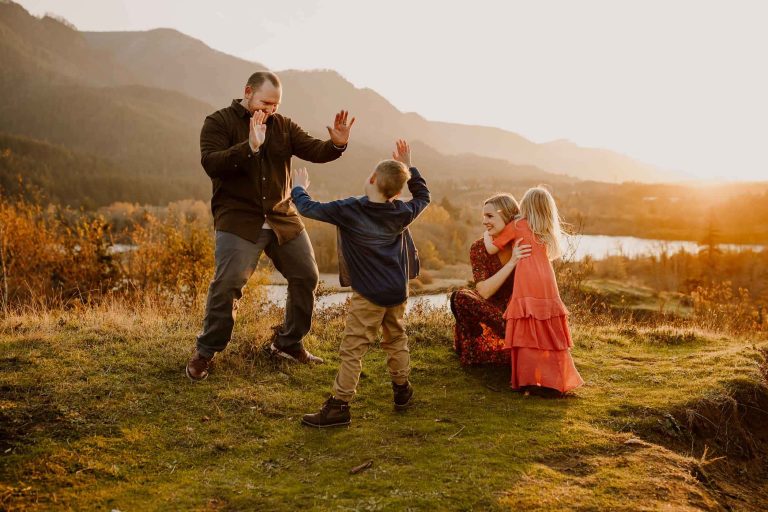Energy Healing Training: A Path to Holistic Healing Mastery
Energy healing has gained widespread attention for its ability to promote physical, emotional, and spiritual well-being. Whether you’re looking to start a new career or deepen your personal healing practice, energy healing training offers the knowledge and skills to help you connect with the body’s natural energy systems and facilitate healing for yourself and others.
What Is Energy Healing Training?
Energy healing training is a structured learning experience that teaches participants how to work with the body’s energy fields, also known as “life force” or “chi.” These fields influence health and well-being, and disruptions or blockages can lead to physical and emotional issues. Through specific techniques like Reiki, chakra balancing, and Pranic healing, energy healing training enables individuals to restore energy flow, balance the body, and support overall wellness.
Why Should You Pursue Energy Healing Training?
Whether you want to expand your holistic practice or use energy healing as a tool for personal growth, training in this area has several benefits:
- Professional Development: Many holistic health practitioners, massage therapists, and counselors add energy healing to their existing services, enhancing their skill sets.
- Personal Growth: Training can also foster personal healing, greater emotional balance, and spiritual insight, allowing individuals to enhance their personal energy and life.
- Helping Others: Energy healing is rooted in compassion and the desire to assist others in their healing journeys. With proper training, you can help people regain balance and well-being.
Types of Energy Healing Training
There are various forms of energy healing, each with its unique philosophy and technique. Some of the most popular types of energy healing training include:
1. Reiki Training
Reiki is a form of energy healing that channels universal energy through the practitioner to the recipient. Reiki training is typically offered in three levels:
- Reiki Level 1: Students learn basic hand positions for self-healing and healing others through touch.
- Reiki Level 2: Involves more advanced techniques, such as distance healing and using Reiki symbols to enhance healing.
- Reiki Master Level: For those who wish to teach Reiki to others, this level includes attunement training and the ability to initiate others into Reiki.
2. Chakra Healing Training
Chakra healing focuses on the seven major energy centers of the body. Training in chakra healing teaches students how to diagnose and balance these centers to improve physical and emotional health. Courses often include:
- Understanding the role of each chakra in maintaining energy flow.
- Techniques like visualization, meditation, and sound therapy to balance chakras.
- Practical exercises in diagnosing and realigning chakras.
3. Pranic Healing Training
Pranic healing is a no-touch energy healing system that involves cleansing and energizing the body’s energy field. During Pranic healing training, students learn:
- Techniques to scan for energy imbalances and blockages.
- How to cleanse the energy field of stagnant or negative energy.
- How to energize and balance the body using Prana (life force energy).
4. Crystal Healing Training
Crystal healing training teaches the use of crystals and gemstones to harmonize and balance energy fields. Participants learn:
- The properties of different crystals and how they affect the body’s energy centers.
- Techniques to place crystals on the body or create energy grids.
- How to combine crystal healing with other modalities like chakra healing or Reiki.
5. Energy Medicine Training
Energy medicine encompasses a range of techniques designed to balance the body’s energy systems. In energy medicine training, participants learn:
- The principles behind meridians, biofields, and auric layers.
- Techniques such as tapping, acupressure, and energy circuits.
- How to apply energy medicine to treat specific physical and emotional issues.
What to Expect in Energy Healing Training
Energy healing training programs vary in length and depth depending on the modality and certification level. Here’s a general outline of what you can expect during your training:
1. Theory and Foundations
Training begins with an introduction to the principles behind energy healing, covering topics such as:
- The energy systems of the body (e.g., chakras, meridians).
- How energy imbalances can affect physical, mental, and emotional health.
- The historical and spiritual context of energy healing techniques.
2. Hands-On Practice
Practical application is a key component of energy healing training. Students practice techniques on themselves and others under the guidance of experienced instructors. Hands-on practice may include:
- Scanning for energy blockages or imbalances.
- Applying healing techniques like Reiki, chakra balancing, or Pranic healing.
- Using tools such as crystals or pendulums to enhance energy work.
3. Supervised Sessions
Many programs include supervised healing sessions, allowing students to work with real clients while receiving feedback from instructors. This helps build confidence and refine skills in a professional setting.
4. Energy Attunements
In Reiki and some other energy healing modalities, attunements are a vital part of the training process. An attunement is a spiritual process that opens the student’s energy channels, enabling them to connect more deeply with universal energy and enhance their healing abilities.
5. Ongoing Practice and Certification
Some programs require students to complete a certain number of practice hours or case studies before receiving certification. This ensures that students are proficient in their techniques and can apply energy healing effectively in real-world situations.
How to Choose the Right Energy Healing Training Program
Choosing the right training program is essential for your growth and success as an energy healer. Here are a few factors to consider when selecting a program:
- Accreditation: Make sure the program is accredited by a recognized organization to ensure quality training and legitimacy.
- Experienced Instructors: Look for instructors who are experienced practitioners in the field and who offer guidance throughout the learning process.
- Comprehensive Curriculum: Ensure the training covers both the theoretical and practical aspects of energy healing, including supervised practice sessions.
- Flexibility: Some programs offer online learning options, which can be beneficial if you need flexibility with your schedule.
- Cost and Time Commitment: Consider the program’s duration and tuition fees to make sure they align with your budget and availability.
Conclusion
Energy healing training is a powerful way to learn how to tap into the body’s natural healing abilities and help others on their journey to wellness. Whether you’re seeking personal growth, a new career path, or a way to enhance your existing practice, energy healing offers endless possibilities. With the right training, you can become a skilled practitioner who empowers others to live healthier, more balanced lives.






